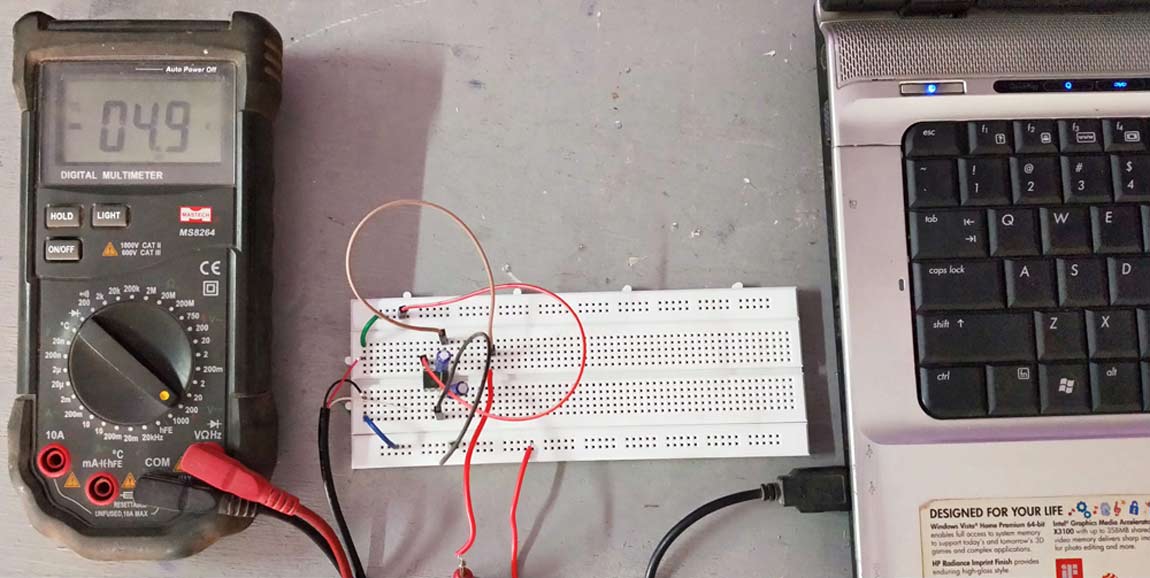USE DISCOUNT CODEEXPERT30TO SAVE $30 USD
Design dual polarity DC power supply from single polarity DC power supply
iamgauravg , 08-11-2023, 12:15 AM
I have been thinking what good approaches can be taken to provide dual polarity power supplies to the analog circuits (eg dual supply opamps) if we only have one unregulated supply from a battery or USB (as used in the course).
LDO approach requires to already have two unregulated dual polarity power supplies:
Can the following switching converters could be used to generate the dual supply for analog circuits?
I will appreciate learning about industry best practices for generating dual polarity power supplies from single polarity DC power supply.
LDO approach requires to already have two unregulated dual polarity power supplies:
Can the following switching converters could be used to generate the dual supply for analog circuits?
I will appreciate learning about industry best practices for generating dual polarity power supplies from single polarity DC power supply.
qdrives , 08-11-2023, 01:34 PM
All linear regulator are unable to generate a higher or negative supply.
That leaves you with switching ones. They can be either using inductors (like the TI link) or capacitors.
For capacitors it is mostly a "voltage doubler" or negative of... And there is just about the limit of it (2x or -1x), whereas for inductive you can go beyond that.
And do not think that is truly doubles, it will be more like 1.8x and -0.8x the input value.
So if you want +5.0V and +5.0V from a USB powered device, you best go with a inductor based design.
If it is low current and you can live with -4...4V then the capacitive will be the cheapest.
That leaves you with switching ones. They can be either using inductors (like the TI link) or capacitors.
For capacitors it is mostly a "voltage doubler" or negative of... And there is just about the limit of it (2x or -1x), whereas for inductive you can go beyond that.
And do not think that is truly doubles, it will be more like 1.8x and -0.8x the input value.
So if you want +5.0V and +5.0V from a USB powered device, you best go with a inductor based design.
If it is low current and you can live with -4...4V then the capacitive will be the cheapest.
iamgauravg , 08-17-2023, 11:46 AM
Thank you qdrives and Paul for your suggestions. I will try them out.
Does it help if you use the switching regulator to generate the negative supply and then filter the noise to use for analog supply?
Alternatively, can we use switching regulator to generate negative supply and then use LDO to generate supply for analog?
This will increase the number of components/cost but maybe ok for certain sensitive analog applications?
Does it help if you use the switching regulator to generate the negative supply and then filter the noise to use for analog supply?
Alternatively, can we use switching regulator to generate negative supply and then use LDO to generate supply for analog?
This will increase the number of components/cost but maybe ok for certain sensitive analog applications?
qdrives , 08-17-2023, 01:28 PM
One thing is very simple, you will need a switching solution if you want to go from 0...+5V to -5...+5V.
It is possible add secondary 'filters' and LDO's, but it is not the simplest. For LDO's you need to look at the PSRR at the switching frequency. The high the dB, the better.
One of the better and in part easier solutions is to go from 0...5V to -7 and +7 switching and then filter/LDO/"capacitance multiplier" (https://www.youtube.com/watch?v=wopmEyZKnYo) to -5...+5V.
It is possible add secondary 'filters' and LDO's, but it is not the simplest. For LDO's you need to look at the PSRR at the switching frequency. The high the dB, the better.
One of the better and in part easier solutions is to go from 0...5V to -7 and +7 switching and then filter/LDO/"capacitance multiplier" (https://www.youtube.com/watch?v=wopmEyZKnYo) to -5...+5V.
Use our interactive Discord forum to reply or ask new questions.






